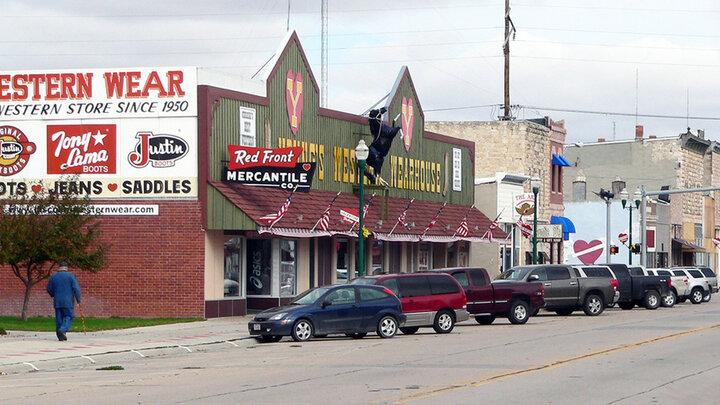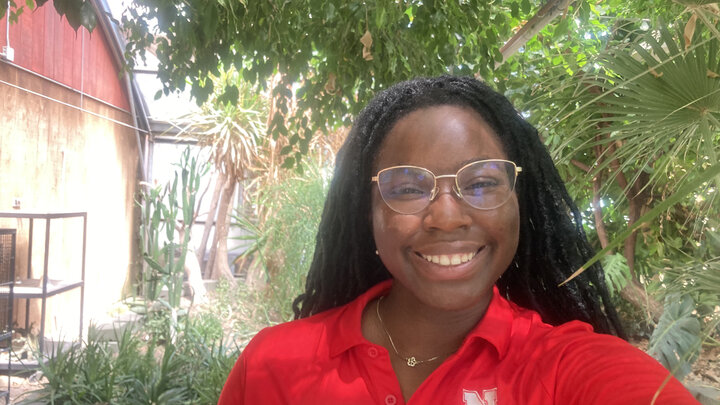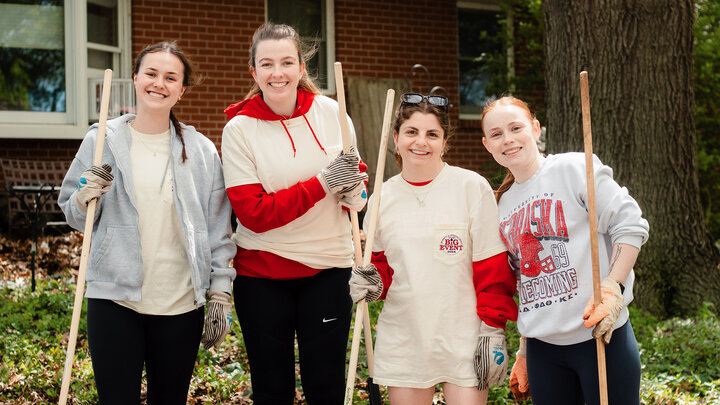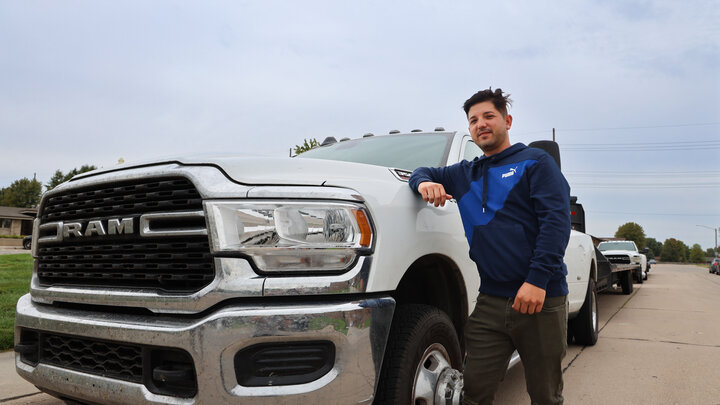As many rural areas experience decline in population and economic opportunity, some Nebraska communities are pushing back against the trend by embracing and enhancing what makes them unique.
Valentine, Nebraska, which boasts proximity to both the Niobrara River and the Sandhills, is one such town and students in the University of Nebraska-Lincoln’s Landscape Architecture program collaborated with officials there on a new look for the town’s Main Street.
Led by professor Kim Wilson, students enrolled in the Landscape Architecture 311 studio developed plans focused on providing places and spaces to encourage economic development and generational renewal in rural areas. After talking with Valentine community stakeholders and identifying focus areas, the students created design concepts for several projects including a new streetscape for Valentine’s Main Street, which is also a section of Highway 83. It is a key community corridor that hasn’t been updated since the 1930s.
“Since Main Street is our primary retail corridor and community center, we thought modernizing it would make our community hub more walkable for commerce and aid in enhancing the brand of our community,” said Valentine Mayor Kyle Arganbright. “I often say we have world-class natural amenities that could never be re-created by any other community. We have a top 10 canoeing river, top 100 ranked golf courses and the vast beauty of the Sandhills out our backdoor. Our focus for this new street scape project is on building community amenities that are at that same unique, pristine level as everything else around Valentine, Nebraska.”
In July, the streetscape concepts came one step closer to reality when the Valentine City Council approved $350,000 in landscape architectural improvements to be included in a new Highway 83 project that is scheduled to begin construction this year. The plans include new concrete storefront to storefront, planting beds at intersection corners, street trees, a decorative paving strip next to roadside parking and dark sky-friendly LED lamp posts in addition to future planned decorative benches, trash cans, bike racks, pedestrian wayfinding kiosks and street art.
“With the highway originally scheduled to be torn up and redone by the Department of Transportation, city stakeholders saw this as a great opportunity to implement some improvements,” said Austin Arens, a landscape architecture major from Kearney.
While not all their design projects were approved for installation, Arens said he and his fellow students are beyond excited to see that the streetscape studio concepts will actually be implemented.
To assist with the design implementation of the streetscape, Arens has been hired by the city of Valentine to work alongside Olsson Associates Inc. and provide design consultation services, taking the studio designs beyond conceptual work and developing them for implementation. If everything goes according to projection, the streetscape will be completed by 2022.
“Since the studio is over, we selected Austin to work with Olsson Associates Inc.,” Arganbright said. “Austin has immersed himself in Valentine. He knows this community and what the preferences are, and he knows what the opportunities are. He already has that really fundamental connection to Valentine so we knew he was the right choice to continue the project and enhance our community’s brand.”
Arganbright says he couldn’t be more pleased with how the whole process has gone.
“Austin, Kim and the whole studio did a phenomenal job,” he said. “If I had it to do all over again, I definitely would. By partnering with UNL and the Landscape Architecture program, we received a much better project than what we normally would have. The students were able to devote so much time to the project. The vibrancy, energy and creativity they put into the project was impressive.”
Arganbright also said he appreciated the university’s outreach to small communities like Valentine and across the state.
Arens said being involved in a student learning opportunity that makes a positive impact in rural Nebraska has been very rewarding for him.
“I think the community engagement we provide rural areas is great,” Arens said. “It’s the nature of rural communities. They don’t have professionals like landscape architects, architects or engineers readily available and so having a university to be able to help them out in that way is really beneficial and impactful.”
Landscape Architecture Program Director Mark A. Hoistad said this type of engagement is a crucial part of the studio culture.
“Whether it be assisting groups with the visualization of parks and recreational facilities, the development of strategies for the reclamation of contaminated sites or the exploration of urban streetscapes and underutilized spaces, our studios have connected our students with real projects for real people,” he said. “Connecting people and landscapes is a central mission for the landscape architecture profession and it is an important part of our students’ education.”
Additional students working on the project were Keely Anderson, Darby Buckley, Jacob Jurgens, Yitao (Dorothy) Lee, Muxia Li, Ashley Rexroth and Brendan Schartz.
This story was originally published in Nebraska Today on Jan. 7, 2022.




